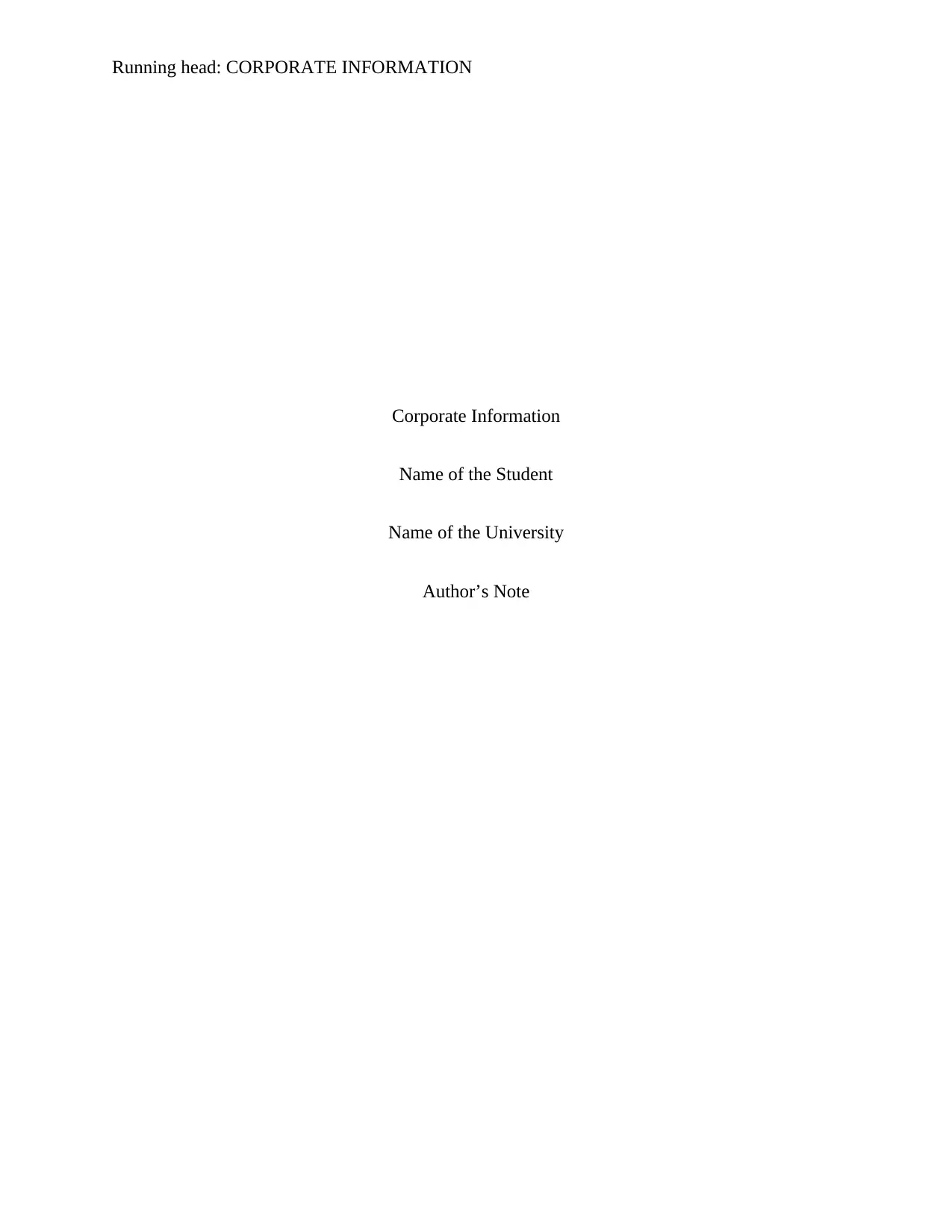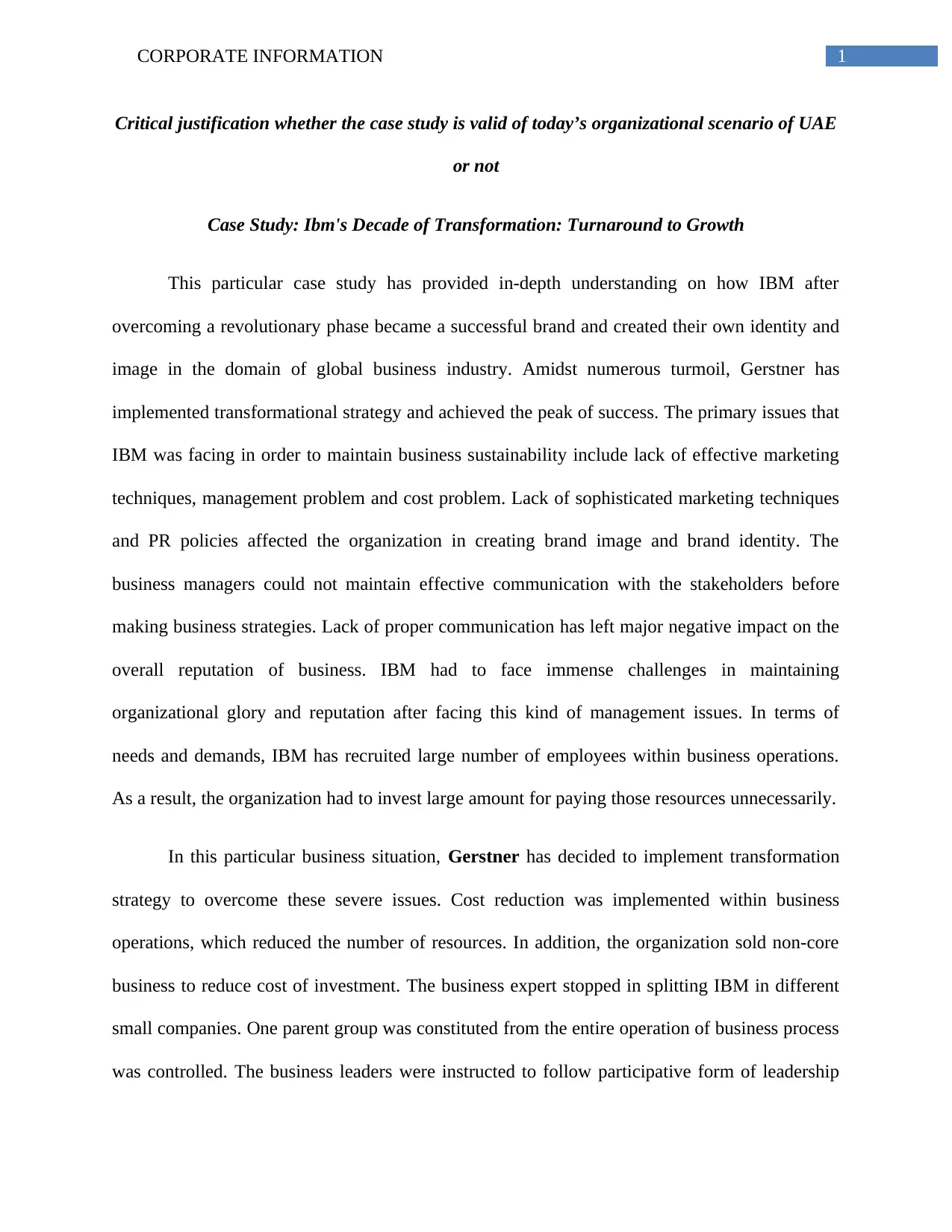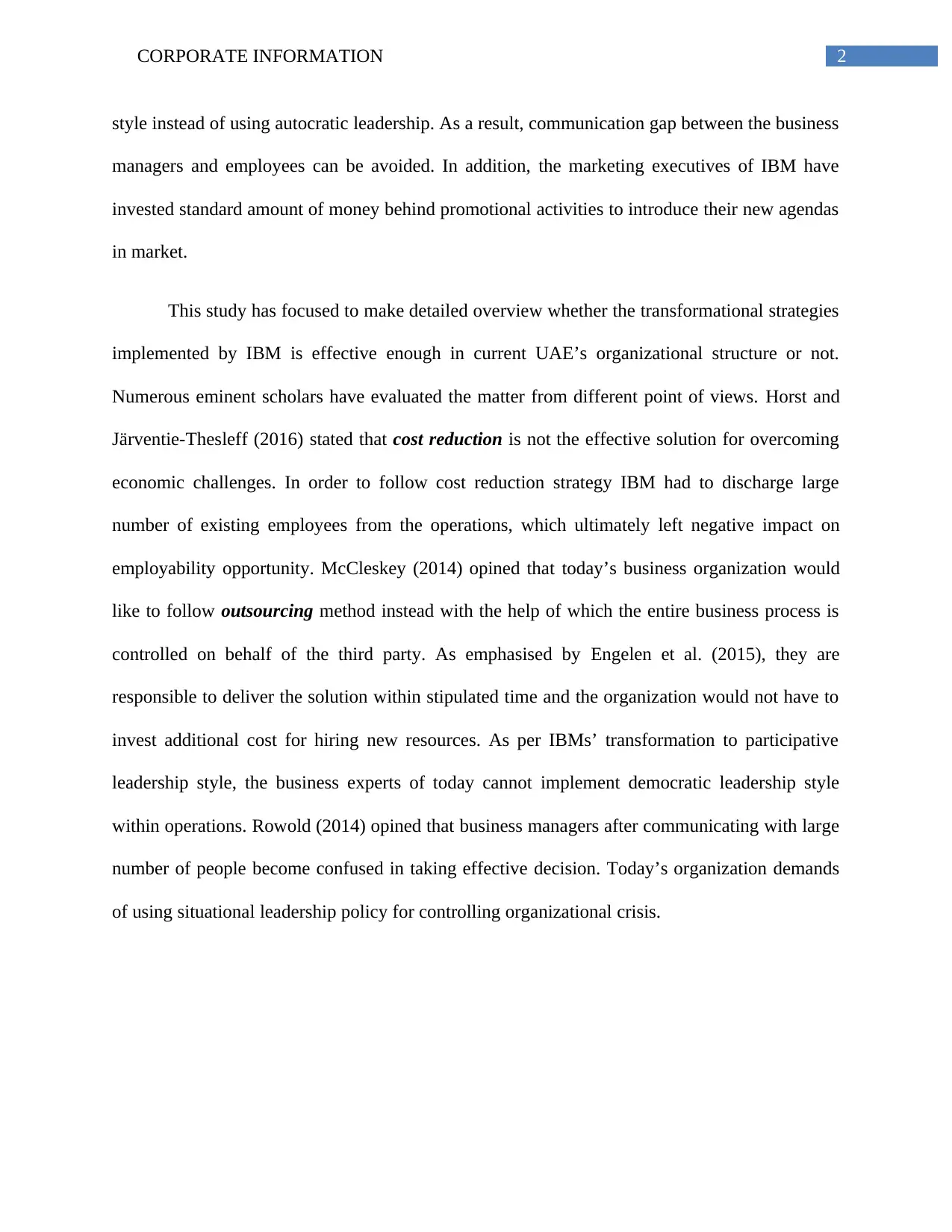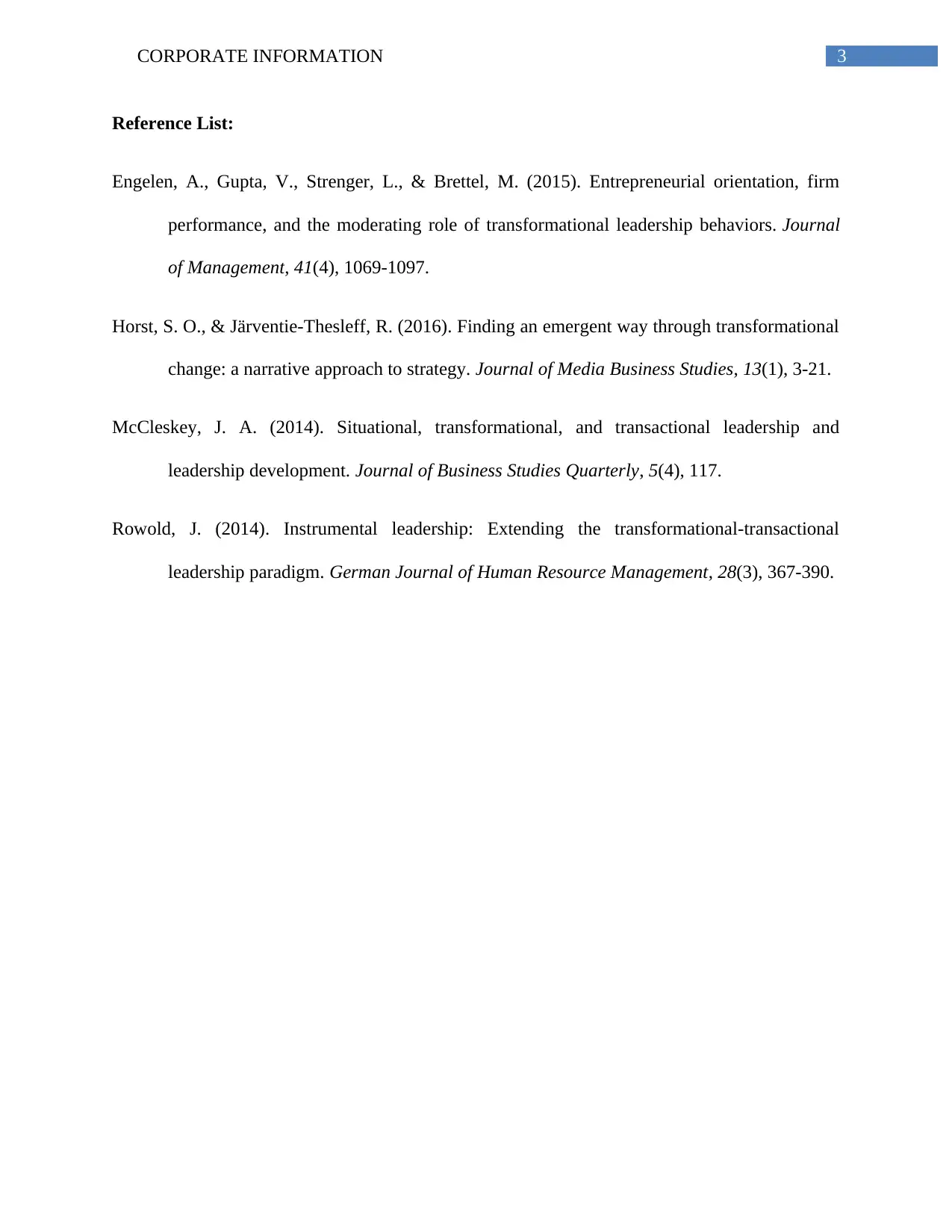Analyzing IBM's Transformation: A Case Study for UAE Business Context
VerifiedAdded on 2023/05/28
|4
|752
|472
Case Study
AI Summary
This case study examines IBM's decade of transformation under Gerstner, focusing on the company's turnaround from near collapse to a successful global business. The primary issues IBM faced included ineffective marketing, management problems, and high costs. Gerstner implemented a transformation strategy involving cost reduction, consolidation, and a shift to participative leadership. The analysis evaluates the applicability of these strategies to today's organizational scenario in the UAE, considering perspectives from various scholars who suggest alternative approaches such as outsourcing and situational leadership. The study concludes by questioning the universal effectiveness of IBM's methods in the contemporary UAE business context, highlighting the need for tailored solutions. Desklib provides access to similar case studies and solved assignments for students.
1 out of 4











![[object Object]](/_next/static/media/star-bottom.7253800d.svg)